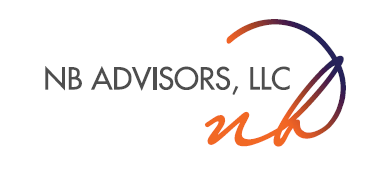Home builders can take advantage of Smart Homes by incorporating tech into their building projects
Smart home devices are becoming more and more common. The advance of the Internet of Things (IoT) creates the desire for pretty much everything to be integrated into the digital sphere in some capacity.
These smart home devices allow multiple controls throughout living spaces to be connected to each other and to apps via the Internet. This could include a garage door opener, security camera system, thermostat, or entertainment system.
Wouldn’t it be nice to control all these aspects of your home with one remote or, better yet, on your smartphone? But how much do these home updates actually cost? And do they add any value to homes for home builders?
Let’s look at what’s popular, the costs, and the potential for a return on investment for home builders.
Common smart device integrations
There are a variety of products on the market that can make a smart home. Common devices included in homes include remote-controlled skylights, automatic window shades, and smart locks.
Having a central control hub allows you to control all the smart home devices with a smartphone or tablet, for instance. The central hub allows thermostats, lock systems, cameras, and speakers to be controlled in one place.
While convenience is a big part of the market, many of these smart devices are meant to reduce energy costs.
Heating and cooling systems are connected to Wi-Fi and can sense the outdoor weather conditions. This allows the smart systems to regulate the airflow inside the home, and constantly adjust the indoor temperature. The system is also meant to figure out if the air outside is humid, for example, and will try to keep that air out of the home.
The features of Apple HomeKit illustrate exactly what these technologies are capable of. If you download the Home app on your tablet, computer, or iPhone, you can communicate with Siri to give commands to smart home devices. You can turn the lights on or off, adjust the temperature, view who is at your front door via security camera, or control music volume.
Cost of home smart devices
A survey of 2,177 adults conducted by the home-automation company Wink indicated that 71 percent of Americans would like the monitoring abilities that come with smart devices. However, only 27 percent have actually purchased these devices.
The reason? It could have cost.
Most of Apple’s devices that can connect to their Home app are no more than a couple hundred dollars each. But, these costs can quickly add up depending on how much is controlled. Smart devices cost 30 to 50 percent more than their conventional counterparts.
The average cost to install a home automation system nationwide is just a little over $1,000, with the high-end price at $3,500.
So, it can be expensive. But not that expensive considering all the other high costs of running a home.
Using Smart Tech in Your Build
As a home builder, how much ROI will you see from smart home investments?
Spending on these devices during the building stage could give you a big competitive advantage. For example, DiYanni Homes in Ohio has built over 2,000 homes across the state and is now incorporating smart devices into every new home they build. The company chose to implement Z-Wave devices, which include an IQ panel, device hub, and thermostat. The company can then stay ahead of competitors by offering homebuyers smart technology to lock or unlock doors, adjust their home temperature, or view surveillance cameras. All pre-installed.
DiYanni is right to pay attention to this trend. A survey from Coldwell Banker Real Estate showed that, in each category of smart device, from locks to cameras to lighting and thermostats, over 60 percent of participants would want these devices in the next home they purchase. And, they wanted these devices already pre-installed.
In 2018, the Smart Home market grew to over $20.5 million. It’s expected to grow annually at 16.1 percent and reach over $37.2 million by 2022.
This is a market you should get in on now as a home builder. Plus, homeowners will continue to reap the rewards after they move in, which is a huge benefit to promote because modern smart homes are 30 percent cheaper to operate than traditional homes. And it’s estimated that a household could save almost $150 a year just on energy costs saved from using a smart thermostat device.
As a home builder, you may have a lot of questions about smart home integration in the current digital climate that continues to grow. For more information about how these devices can provide a return on investment, get in touch with No Boundaries Advisors. We assist builders with creating a plan that works.



